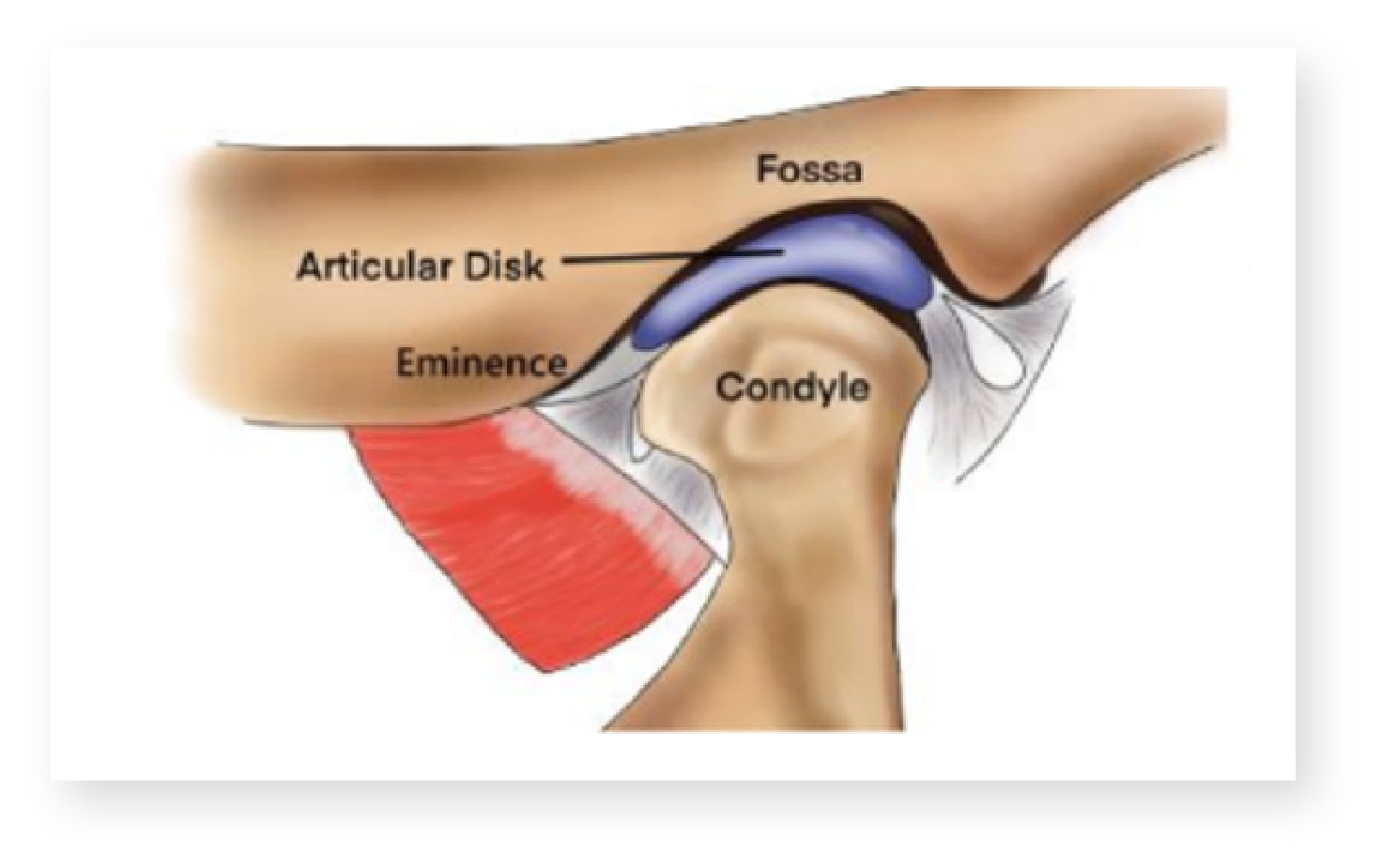Potential risks of the procedure
Adverse events include worsening of TMJ symptoms, operative difficulties, chronic or reoccuring swelling, jaw muscle spasms, temporary and/or permanent facial muscle weakness, temporary and/or permanent numbness, temporary and/or permanent hearing loss, dental malocclusion, dislocation of implant components, resorption of the glenoid fossa or mandible, perforation or dehiscence of surrounding tissue, allergic reaction, post-operative pain, swelling, bruising, jaw muscle spasm, hematoma formation, and nerve pain.
Please see Instructions for Use (IFU) for a complete listing of warnings, precautions, and adverse events. 1, 2
More information
Disclaimer
The information presented is for educational purposes only. Stryker is not dispensing medical advice. Please speak to your doctor to decide what course of treatment is right for you. Only your doctor can make the medical judgement regarding which products and treatments are right for you. Any medical procedure carries certain risks, and your doctor will explain all possible complications and/or side effects. Not all patients will experience the same results.
Stryker Corporation or its other divisions or other corporate affiliated entities own, use or have applied for the following trademarks or service marks: Stryker. All other trademarks are trademarks of their respective owners or holders.
